Health Effects of a Warmer Climate
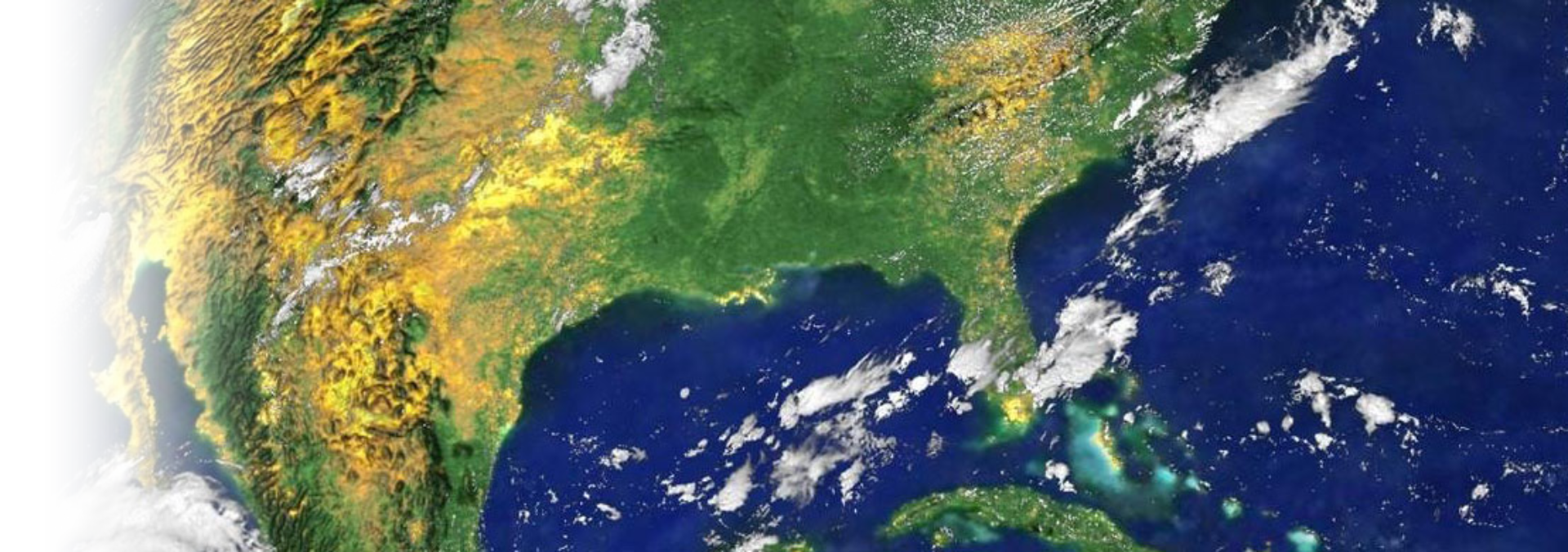
By Melanie Stewart
This week is Global Climate Change Week; encouraging academic communities to engage each other on climate change solutions. The topic of Global Climate Change seems too big to grasp, and has become highly politicized.
We aren’t going to talk about that today. Our mission is health. How does the fact that the earth continues to warm, causing changes and natural disasters in other places, affect us here?
This is the question the Unicameral asked when considering new legislation. So UNL’s School of Natural Resources did a comprehensive study, focused solely on implications for Nebraska. Following the publication of this report, roundtable discussions were held to discuss 8 different sectors:
- Ecosystems and Wildlife
- Human Health
- Forests and Fire
- Agriculture, Food and Water
- Energy Availability, Use and Management
- Faith Communities
- College Campuses
- Urban and Rural Communities
This report shows that the earth’s climate is changing, and Nebraska is dealing with the reality. Farmers are noting hotter temperatures, and less water with which to irrigate crops. More wildfires are being reported and they affect our air quality. Zika virus has become a concern, even in geographical areas that don’t have that the Aedes aegypti species.
If you are interested in the Nebraska-specific findings, you can watch the presentation here.
For a presentation by Ali Khan, MD, MPH, Dean of UNMC’s College of Public Health on the specific ties to health, see below.
Presentations on all 8 areas can been seen here.
While these events are worrisome as we assess the aftermath of Hurricane Matthew, there is hope. More countries, including the United States, continue to sign the Paris Climate Agreement with the United Nations, 73 of the 195 have ratified the agreement accounting for 56.87% of the world greenhouse gas emissions. U.N. Secretary-General Ban Ki-moon noted, “What once seemed unthinkable is now unstoppable.” referencing the historic changes taking place with countries across the globe.
This is why we do what we do. The Med Center’s actions can, and indeed have already had, a positive effect on health. Did you know that the energy we saved in the past 5 years would have produced the emissions of 109 million pounds (548 railcars) of coal? The result is cleaner air, which is better for all of us. As we continue to make strides, others will follow our example, and the cumulative effect could change the world.
Med Center reaches energy, water reduction goals
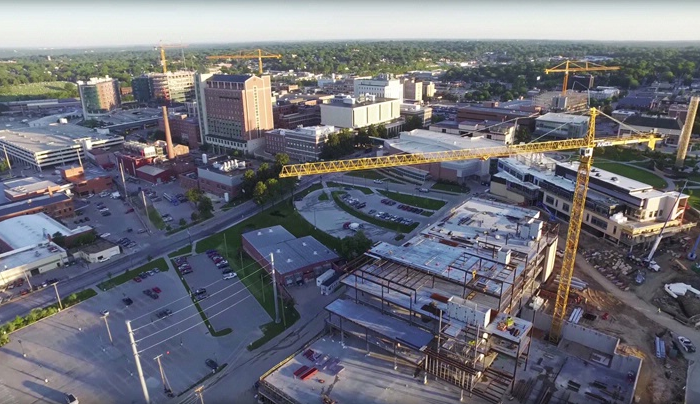
by Karen Burbach, UNMC public relations | April 21, 2016
Imagine cutting 25 percent energy consumption from your home. It’s a tall order for a residence, but even more so when your “home” spans more than 100 acres.
That’s why UNMC and Nebraska Medicine are proud of having reached its lofty energy reduction goals, as outlined in the Sustainability Master Plan.
The medical center’s main campus at 42nd and Emile streets used 25 percent less energy in 2015 than it did five years ago, despite adding more square footage to campus.
“I’ve always said that academic health science centers should be leading the way in energy conservation,” said UNMC Chancellor Jeffrey P. Gold, M.D. “We’re especially proud of meeting this energy reduction goal. Not only does it show strong stewardship of taxpayer dollars, it also has a positive effect on the planet, people and ultimately everyone’s health.”
UNMC and Nebraska Medicine strategically reached its goal through a series of actions including:
- Implementing a new building control system providing greater control of temperatures and airflow.
- Making sure all new UNMC construction is LEED-certifiable (Leadership in Energy & Environmental Design), meaning the facility uses best-in-class building strategies and practices.
- Upgrading Central Utility Plant equipment to create greater efficiencies.
- Increased employee engagement and energy curtailment practices, which included turning off lights where they weren’t needed, closing mini-blinds and curtains to reduce solar gain, shutting fume hood sashes when not in use, replacing aging equipment with more efficient models, and turning off and unplugging electrical equipment when not in use.
Over the past five years, the medical center also reduced its peak electrical use, down 28 percent from 2010. Peak electricity use is the maximum amount of electricity needed at any given time. Reducing peak electricity ensures there is enough electricity for everybody on hot and humid days and helps to keep our costs lower.
UNMC’s domestic water consumption was reduced from a baseline of 225.1 million gallons per year to 173.5 million gallons per year, a 23 percent decrease.
These combined efforts have resulted in a 20 percent decrease in greenhouse gas emissions and has a measurable, positive effect on the health of our community, specifically air quality. And, that’s good news to anyone who has or knows someone with asthma, chronic obstructive pulmonary disease or chronic bronchitis.
It also conservatively equates to more than $10 million in money the medical center would have had to spend on utilities.
What others are saying
“UNMC has been a regional leader in energy efficiency and demand reduction as evidenced by their 25.6 percent energy reduction over the past five years. These kinds of reductions and initiatives do not come by accident. They are part of a strategic focus and great examples of how to be great stewards of our resources in Nebraska.”
-OPPD CEO Tim Burke
“We commend UNMC and Nebraska Medicine on their leadership for implementing sustainable solutions in our community. We understand the importance of improving efficiencies and lowering emissions in our homes, industries and hospitals. UNMC has made tremendous strides in the past five years.”
-MUD President Scott Keep
Ash Trees on Campus

Starting the weekend of Oct 1st, the ash trees in front of the Lied Transplant Center (LTC) will be removed. While I hate seeing trees cut down, in this case it is actually good tree management.
As I hope all of you know, the Emerald Ash Borer (EAB), which is an invasive species, was discovered in Omaha earlier this year and we are now in a treatment zone.
It was only a matter of time before this happened and the grounds crew on campus was prepared. They had already identified the location of all ash trees on campus including UNMC, Nebraska Medicine, and the Ronald McDonald House. Those trees, like all other trees on campus, are regularly monitored for health and condition. When EAB arrived, these trees were rigorously re-assessed, since damaged trees are a magnet for EAB, and the farther away the borer can be kept from healthy trees the better. It was determined that 26 ash trees on campus needed to be removed. A total of 79 ash trees are being saved and all of them have been treated. Treatment occurs underneath the bark of the trees and helps to protect them from the EAB larvae which are responsible for the damage that ultimately kills the trees.
Not only is it good tree management to remove diseased or damaged trees, removing some of these trees will help other trees to reach their full, healthy potential. Many of these trees were planted before there was a comprehensive landscape architecture plan, and this resulted in trees being planted too close together and trees being planted in areas that were not suitable for their eventual size. This was the case for the trees that were in front of the LTC. Because that area doesn’t support trees, ornamental grasses will be planted there instead. Other locations are still being evaluated for understory planting, species diversity, and appropriate spacing.
Do you have ash trees on your property? For tree identification help, EAB treatment options, and guidelines on finding a suitable contractor, visit the extension office site.
Daily Rate Flex Parking Update
By Melanie Stewart
Whether you are a TravelSmartie or somebody that uses Daily Rate Flex Parking every now and then, we need to advise you of two changes:
Construction to lot 50 was completed which opened up the lowest level, formerly lot 59. The previous Daily Rate Flex Parking stalls have been restored: Twenty covered stalls are located on the lowest level against the far north wall, on the western end. Please note: not all stalls on the northern wall are for Daily Rate Flex Parking, only the first 20 stalls starting from the western edge. Please pay attention to posted signs. The lowest level of lot 50 is easily accessible by Jones Street from Saddle Creek or Leavenworth, but with the completed construction can also be accessed from the upper levels of lot 50.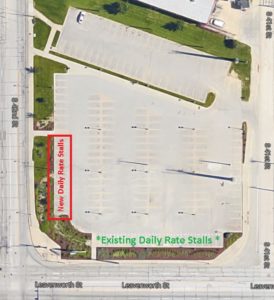
Due to high usage and demand, Daily Rate Flexible Parking in Lot 36 has been expanded to include an additional 11 parking stalls. These stalls are located on the west side of Lot 36, facing Charlie Graham auto, from the southwest corner to the sidewalk. See picture above. These stalls have been designated with signage, but will not be restriped a different color or numbered as we now track usage by license plate number. The existing 18 stalls facing Leavenworth are still available.
No changes have been made to Daily Rate Flexible Parking in lot 55 and it is available for use.
For and updated map or more information on Daily Rate parking, please visit the TravelSmart website.
I Want to Ride a B-cycle, I Want to Ride a Bike
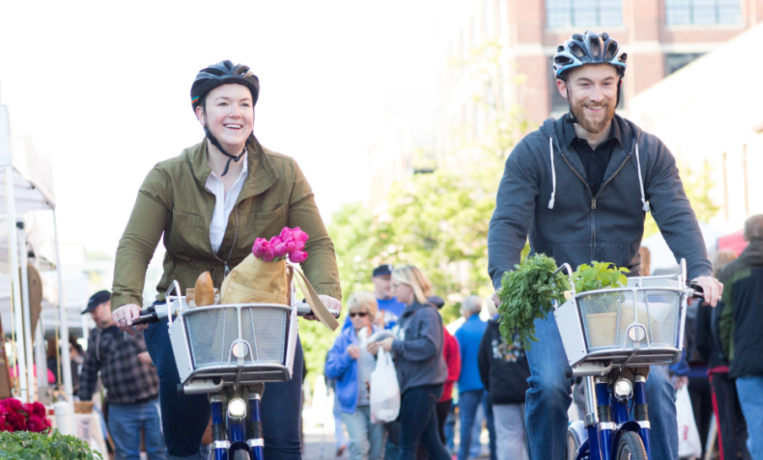
By Melanie Stewart
Heartland B-cycle is Omaha’s bike sharing system; a public transportation network of bikes. With 33 stations and 180 B-cycles available to the public throughout the metro area Heartland B-cycle is a bike when you need it, and gone when you don’t.
Bike sharing makes it economical and convenient to use bikes for trips that are too far to walk but too short to drive. As a member, you can use a B-cycle to run an errand, grab lunch, travel to and from the bus stop, or just get some fresh air.
The B-cycles are specially designed for both you and the city: B-cycles fit people of all sizes, thanks to easy to adjust seat posts. Short or tall, you’ve got stuff and that’s why there’s a basket to stow your things while riding. Fenders, skirt guards, and chain-guards keep your clothes clean. Automatic lights help to keep you safe and three speeds are perfect for changing grades.
Working similar to bike share programs in other cities, to use the system you must first purchase a pass. With a valid pass you can check out a bike at any station and drop it off at any station in the system. There is no additional charge for the first hour of every ride. There are no limits to the number of times you can check out a bike, but any trip lasting longer than an hour costs extra, so instead of checking out a bike to ride home and ride back the next day, you’d check out a bike to ride to a station close to home, then check out a bike the next morning to ride back to a station on campus.
Passes are $6 for 24-hours, $10 for a monthly pass, and $80 for an annual pass, with discounted senior and student passes. Stations are located throughout the metro area, including UNO, Midtown Crossing, and downtown. Popular uses include running errands, getting exercise during the work day, or connecting to existing transit networks.
As part of a large federal grant, B-cycle is planning to expand away from downtown and this will include the Med Center. They are looking for the right locations on campus for station placement, and would like your input.
(survey has been closed)
Executive Sustainability Council

By Melanie Stewart
Sustainability is important to many of you. We see this in your actions on campus, the questions you ask, and the feedback you give us. One of you told us “UNMC and Nebraska Medicine need to serve the community by exceeding the current standards and becoming a shining example of sustainability.” We agree. Everything we do has an impact and the Med Center’s size allows us to be a leader in this field, make a noticeable difference in the world around us, and fulfill our mission to create a healthy future.
UNMC and Nebraska Medicine formally adopted the campus’ first ever Sustainability Master Plan (SMP) in 2014, marking sustainability as a high priority. An Executive Sustainability Council (ESC) was formed to leverage recent activities and further facilitate success in the short and long term. This Council is an executive level group responsible for ensuring that the strategies outlined in the Sustainability Master Plan are executed, and progress is tracked and demonstrated. The Council will consider ways current activities can be expanded and connected with academic and patient-focused activities on campus.
Executive Sustainability Council Members:
Co-Chairs:
Dr. Ali Khan; Dean, College of Public Health
Chad Brough; Chief Experience Officer
Ken Hansen; Assoc. Vice Chancellor and Director, Campus Facilities
Focus Area Leads:
Energy and Water, including Green House Gas Emissions
Ken Hansen
Transportation & Campus Planning
Jennifer Bartholomew; Director, Facilities Planning and Construction;
Waste Reduction and Recycling, including Food Services
Rick Boldt; Assistant Safety Manager, Sodexo Liaison
Robert Jennings; Manager, Materials Management
Campus Engagement
Melanie Stewart; Manager, Sustainability
Department Champions:
Information Technology Services:
Yvette Holly; Assistant Vice Chancellor for ITS
Brian Lancaster; Executive Director, Information Management
Purchasing:
Tom Strudl; Director, Procurement and Contracting
Jeff Elliott; Director, Procurement and Materials Management
Marketing:
Bill O’Neill; Director, Public Relations
Paul Baltes; Director, Communications
Human Resources
Frank Venuto; Chief Human Capital Officer
Aileen Warren; Assistant Vice Chancellor for HR
Academics:
Suhasini Kotcherlakota, Faculty Senate Representative
Mitch Nohner, Student Senate Representative
The first ESC meeting took place last week. In his opening remarks, Dr. Gold asked the group to further sustainability efforts on campus using our ITEACH values, and to change campus culture for an even larger positive effect. This group is engaged and ready to do just that. You can expect to see more great things soon!
photo credit: freeimages.com/KrzysztofSckurlatowski
TravelSmart News
By Melanie Stewart
Earlier this summer, many of you completed a survey surrounding possible schedule changes for the 92 Express (runs from Village Point park and ride location to major stops along Dodge, including the Med Center). Metro took the feedback from current or potential customers, and used that feedback to make some adjustments to the afternoon schedule.
Effective last week, the westbound afternoon buses will have the new departure times. This bus will now be at the Med Center stop at 4:10, 4:40, 5:20, and 5:50pm. The first two buses are 15 minutes earlier and the second two buses are 5 minutes earlier. This should better distribute the crowded loads on the first bus in the afternoon, which often has standing room only while accommodating the large number of riders that preferred to retain two departure times after 5:00pm.
Five minutes of travel time has also been added to all westbound trips in the afternoon to more accurately reflect traffic conditions on the West Dodge Expressway.

For more information visit ometro.com or download the new schedule.
Not currently registered for TravelSmart? This option may make it easier for you. The 92 Express stops at Village Point and First National Bank and you can park there for free and then ride the bus in for free too. As it’s an express route, it makes minimal stops to make your trip faster, and you can enjoy “free” time you would have spent driving doing something else.
Use local trails for walking, running, or biking?
The South Omaha Trail will close from S. 50th Street to S. 45th and Dayton Streets starting Monday, August 22nd for three weeks. This is to remove silt and other debris that have clogged the existing swale forcing water onto the trail. There is a suggested detour using existing sidewalks.
The Keystone Trail will be closed at the “L” Street underpass starting on Wednesday, August 24th for three weeks. The P-MRNRD will be addressing drainage and erosion issues under the bridge. There is no detour posted for this closure.
Let’s Get Dirty
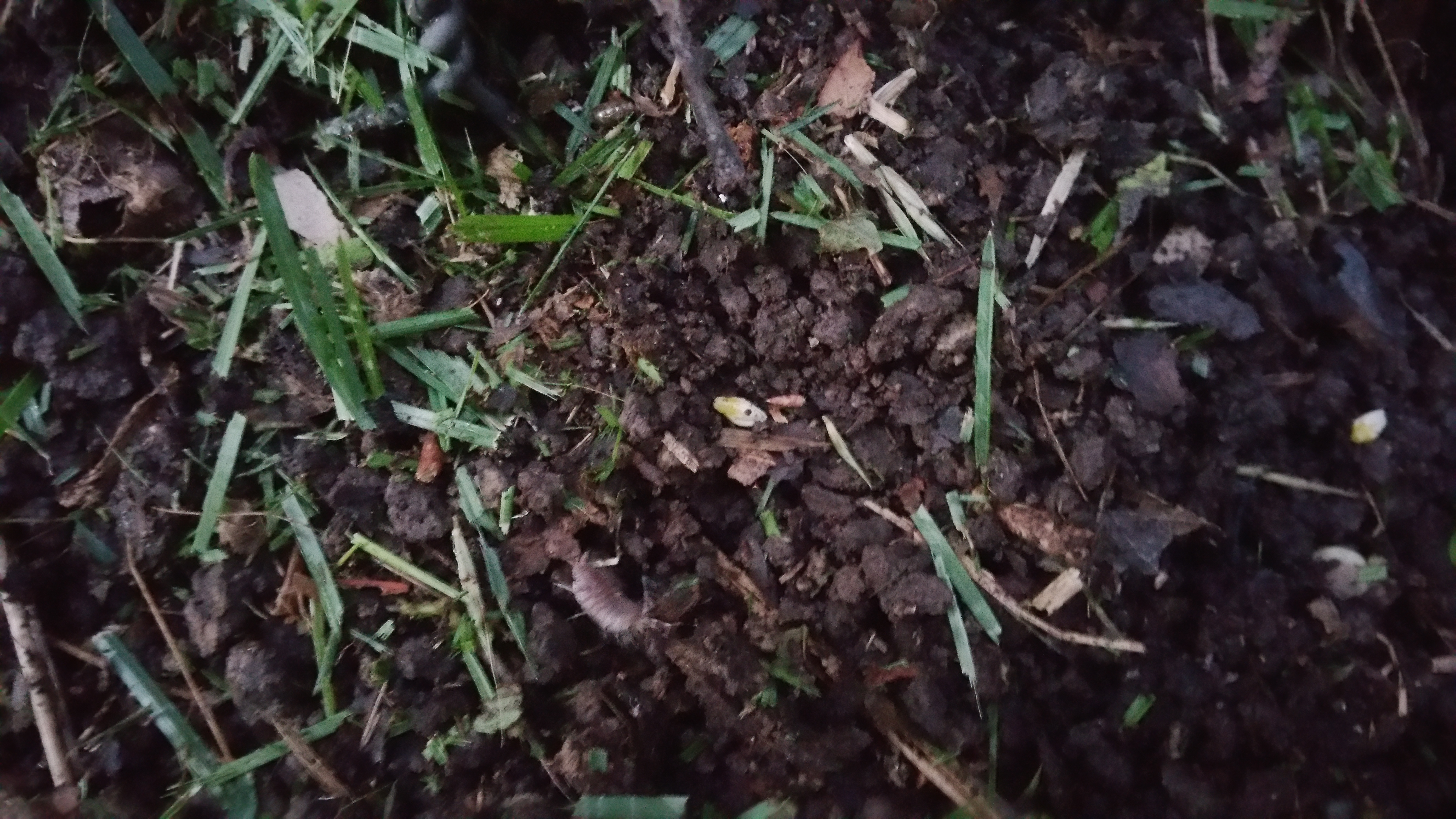
By Anne Rivas
Gardening is my favorite activity, especially weeding. I sit in the dirt, dig in with a trowel, and vigorously shake the dirt off of the roots of the plants I pull up. Within a short time I’m contented, and covered in dirt.
I thought it was the exercise outdoors in sun and fresh air that boosted my mood, and that’s an important factor, but mowing the lawn and riding my bicycle don’t give me the same peace as actually getting my hands into dirt. The

soil of my sheet-mulched garden is especially satisfying – black, crumbly, and chock full o’ bugs.
Scientists are investigating the health benefits of dirt. Graham A. Rook, M.D., has written “Regulation of the immune system by biodiversity from the natural environment: An ecosystem service essential to health,” in which he discusses epidemiological studies showing that exposure to what he terms “Old Friends,” organisms from our evolutionary past, is essential to developing strong immune systems, and to reducing cardiovascular disease and depressive symptoms.
A study of Hutterite and Amish children showed a link between early exposure to farm animals and lower levels of asthma and allergies. The two populations came from the same genetic background and engage in dairy farming, with one crucial difference. The Hutterites have industrialized communal dairies that children aren’t involved in. The Amish have family dairy farms and the children run in and out of the barns all day. Both groups keep clean homes, without indoor pets. The study examined dust found in the homes of both populations and the Amish house dust was much richer in microbes.
Dr. Christopher Lowry at the University of Colorado, Boulder, found that injecting Mycobacterium vaccæ, a strain of bacterium found in soil, into mice increased stress resilience and coping behavior, and also prevented stress-induced colitis. His experiments showed increased serotonin levels in the treated mice, improving both their response to stress and their cognitive abilities. Since low serotonin levels have been connected to major depressive disorder in humans, this may lead to new ways to treat depression.
I can’t stress enough the importance of living soil – soil full of insects, worms, bacteria, fungi, and who knows what else. The switchgrass I planted last year to hide my compost pile is taller than I am – in only its second year, and I am at peace after a day in the dirt.
Are you a “TravelSmartie” yet?
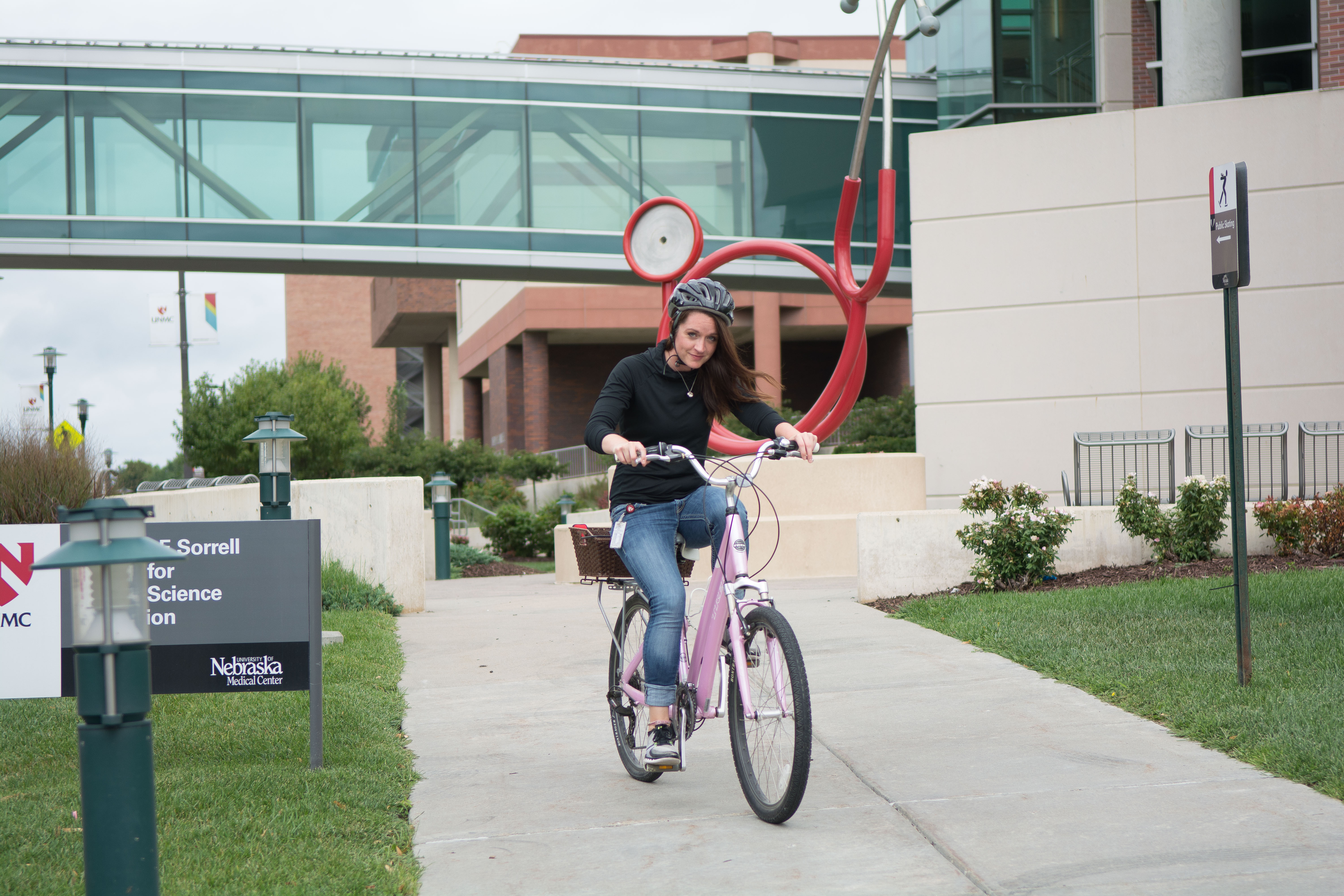
By Melanie Stewart
I’m sure you’ve heard of TravelSmart; but there seems to be some misconceptions on the details. Did you know?
Cost
Yes, it’s FREE! Sign-up is free and your free bus pass will continue to be free. It’s not tied to your Metro Credit Union account; your badge is used only to identify you as a rider.
TravelSmart is a perk and can save you money while reducing pollution and promoting a healthy lifestyle while reducing parking pressure and traffic congestion.
If you choose to carpool and all members of the carpool turn in their parking permits, you will receive a FREE carpool pass to the best parking lot among you (your group’s choice); and nobody pays for parking.
Parking Permit
Not quite ready to relinquish your parking permit? You can keep it and still use any of the active transportation options with access to all the support programs. You can use active transportation as frequently as works for you. Turning it in will save you additional money. Our Savings Calculator will tell you how much money you can save and whether it’s financially advantageous for you to keep your permit or turn it in—either way it’s your choice.
Daily Rate Flexible Parking is available if you need to drive to campus and don’t have a permit. It’s cheap, lots are located around campus, and you can pay via smartphone or website.
If you carpool partner isn’t coming to work, you can still use your carpool pass. If you are both driving that day, one can use the carpool pass and the other can use Daily Rate Flexible Parking.
The 3 month trial starts when you turn your permit in. You save money while you test out TravelSmart, and get your same permit back if you still want it.
Carpool
If you want to carpool but don’t know who to drive with, check our carpool matching page. Signup on Zimride is free and only people from this campus can see the rides that have been posted. You don’t have to ride with the person it matches you with, so there’s no harm in posting a ride to see if it will work out, even if you work odd hours or a different shift.
Questions?
If you have more questions visit our FAQ page or Video/Resources page. Or email TravelSmart@unmc.edu or call 559-8580 (ext. 3); we are happy to help!
Registering for TravelSmart
Click on the appropriate button on our registration page to go to the correct self-service page. Please note that Nebraska Medicine and Clarkson College employees need to check the “Olympus” box prior to logging in. If you are unfamiliar with that page check out the instructions with screen shots on our registration page to help guide you.
I Ain’t Afraid of No Bug!
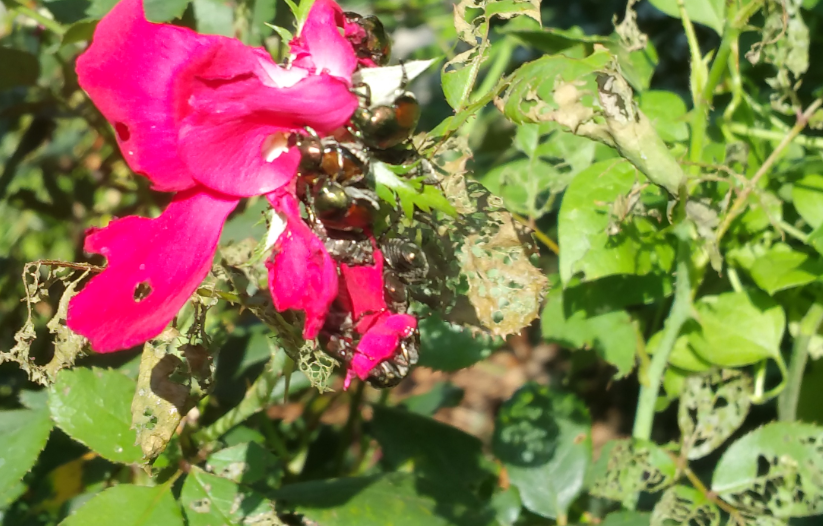
By Melanie Stewart
You’ve seen them lurking in the shrubs and working under leaves. They buzz you as you walk to your front door. They are the next generation of thieves, stealing your trees, your garden, and even your lawn. They are Japanese beetles, insects with metallic green bodies and copper-orange wings.
That sounds overdramatic, but it isn’t if you’ve noticed the damage on any of the 300 species they like to eat. You may have seen Linden/Boxwood trees turning brown from the top down, leaves eaten into lace. Rosebushes are some of their favorite snacks—they can decimate buds, plants, and gardens. You may start to notice damage to lawns, caused by the beetle’s larvae, and maybe moles that burrow into your yard to eat them. Not pretty!
While no pest is welcome in your garden or yard, the Japanese beetle is particularly bad this year. It has few natural enemies, and more larvae survived our warmer-than-usual winter. Unlike many insects, it lays eggs in your lawn daily for over a month, creating more larvae to damage your lawn and more beetles to feast upon your plants next year.
Your first instinct is probably to break out the pesticide and spray them into oblivion. Hold that thought. The only pesticides that work require special handling, also kill beneficial insects, and are unsafe for edible plants, pets, wildlife, and waterways.
So what can you do?
There are several environmentally friendly options.
Get rid of the adults.
- Pick them off and drop them into soapy water. If you want to feed them to the fish or chickens, use plain water, no soap. This works best in early morning.
- Don’t use traps, they will attract more bugs to your yard.
Control the grubs without hurting the beneficial insects you are working to attract:
- Apply parasitic nematodes (Heterorhabditis bacteriophora) to your lawn to eat the larvae. They are effective if properly watered in and the ground kept moist.
- Apply Bacillus thuringiensis to specifically kill grubs.
- Apply milky spore. Grubs eat it, die, and release more spores which infect more grubs. It takes 3-5 years to be effective, but provides a longer-term solution as it becomes established in the soil.
- Attract birds. Robins, bluebirds, and others will eat the grubs.
- Talk to your neighbors about using organic controls.
Adults are about ready to die off here, but controlling grubs now will make a difference next summer.
